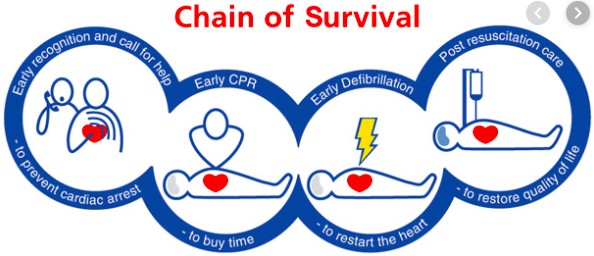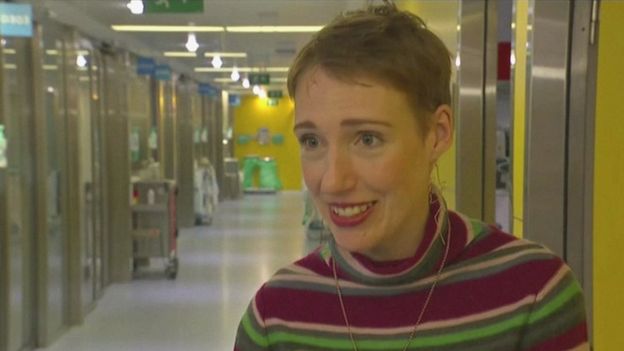Dr Harvey Pynn reflects on the news story today about Briton Audrey Schoeman who was revived after six-hours in cardiac arrest.

Harvey writes:
Audrey Schoeman became unconscious when she was caught in a snowstorm while hiking in Spain. This is a remarkable story of survival.

There are similar cases in the press every year such as the Polish toddler story. Other more ‘famous’ stories that have been published are the Danish Fjordland boating accident where many children became severely hypothermic (see this paper Praesto fjord accident) or about Dr Anna Bagenholm who became trapped under the ice skiing off piste in Norway and was the subject of this short BBC horizon documentary by Dr Kevin Fong.
Getting very cold very quickly conveys a distinct advantage when it comes to survival from a cardiac arrest. Our core temperature is 37°C. As we get cold, our brain requires less oxygen to survive – for every degree the brain cools, its oxygen requirements decrease by 5%. Audrey’s body temperature went down to <18°C so the oxygen requirements of her brain would have been negligible. However, her heart would have stopped beating as she cooled through about 25°C. Therefore she would not have survived unless blood (and therefore oxygen) had been supplied to the brain. CPR was critical here.
In fact the whole chain of survival was still critical and all the links were in place even if the timelines were drawn out. And the only link that wouldn’t have been hugely important in Audrey’s case was defibrillation which wouldn’t have been attempted until after she had been re-warmed significantly (to approx 30°C.)
Audrey received CPR throughout her long phase of cardiac arrest and was taken to a hospital that has the ability to put patients on VA ECMO (veno-arterial extracorporeal membrane oxygenation) which is where cold blood is taken out of the body, put through a filter, oxygenator and warmer, and then pumped back into the body. With VA ECMO, the machinery takes over the role of the heart and the lungs and allows the patient to be warmed quickly (at between 6°-9°C per hour).
It is notable that the ability to perform this intervention in the UK is severely limited (there are only 5-6 hospitals in the UK with the ability to do VA ECMO though there are others who can put patients on cardiac bypass with similar effects).
The most remarkable aspect of this story was that Audrey was discharged from hospital after only 12 days and seems to close to making a full recovery in only a few weeks. This is a wonderful story of survival and a testament to every person involved in the resuscitation, from those who did CPR at the scene, all the way to the intensive care staff who commenced VA ECMO.
Dr HJ Pynn FRCEM
Medical Director
Wilderness Medical Training
Consultant in Emergency Medicine
University Hospitals Bristol NHS Foundation Trust
